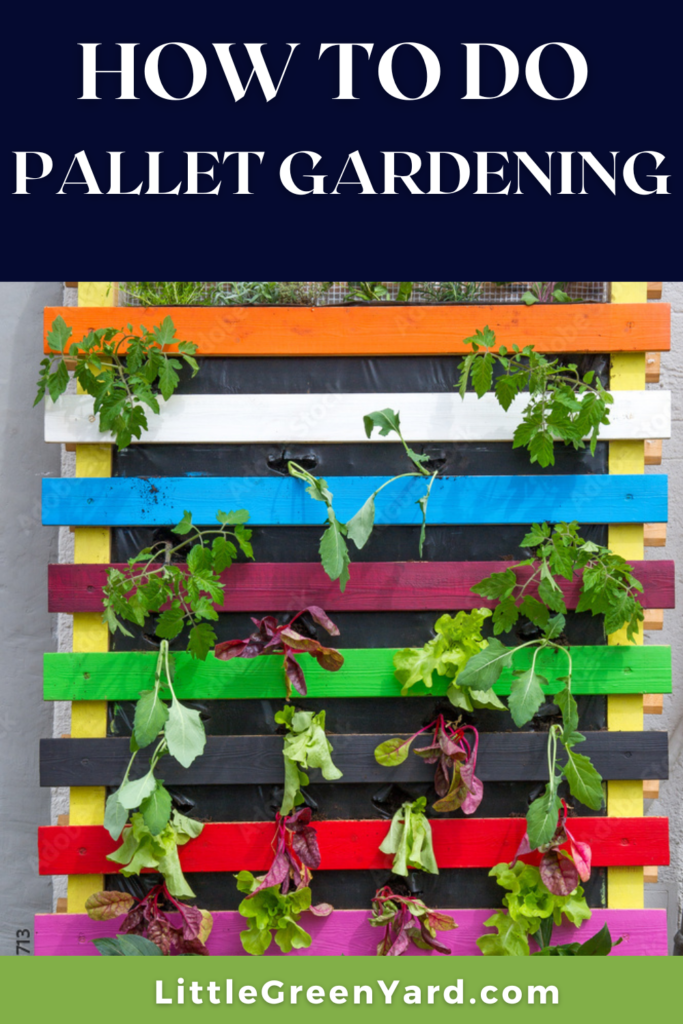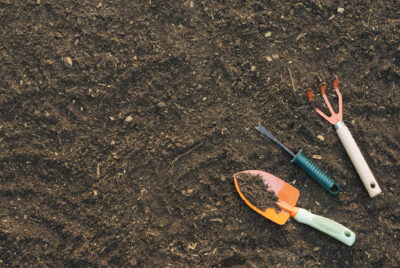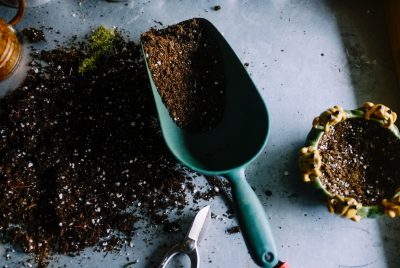How to Do Pallet Gardening
As a passionate gardening enthusiast, I have always sought innovative ways to nurture plants and create green spaces. One such method that has captured my attention is pallet gardening, which offers an excellent opportunity to repurpose scape wood while enjoying the beauty and bounty of nature. In this article, I will guide you through the process of pallet gardening, sharing helpful suggestions and reasons for each step along the way.
Selecting the Right Pallets
Before embarking on your pallet gardening journey, it is crucial to select the right pallets. Opt for pallets made of untreated wood to ensure they are safe for your plants. Untreated wood minimizes the risk of harmful chemicals leaching into the soil and, subsequently, your crops. To find suitable pallets, check with local businesses, warehouses, or recycling centers. Often, they have pallets they are willing to give away or sell at a low cost.
Preparing the Pallets
Once you have acquired your pallets, the next step is to prepare them for gardening. Start by thoroughly cleaning the pallets to remove any dirt, debris, or potential contaminants. A mild soap solution and a scrub brush can work wonders in rejuvenating the wood’s appearance. After cleaning, consider sanding the pallets to smoothen any rough surfaces that could potentially harm your plants. Pay special attention to corners and edges. If desired, you can also make modifications to the pallets, such as removing unnecessary boards to create wider planting spaces.
Choosing the Right Location
Selecting the ideal location for your pallet garden is vital for its success. Look for a spot that receives ample sunlight throughout the day, as most plants require at least six hours of direct sunlight. Additionally, consider the drainage in the chosen area. Pallets should be placed on a level surface that allows excess water to flow away from the plants. Avoid low-lying areas that may accumulate water and lead to root rot.
Preparing the Soil
Preparing the soil is a crucial step in ensuring the health and productivity of your plants. Begin by removing any grass, weeds, or debris from the chosen location. The soil within the pallets should be enriched with organic matter, such as compost or well-rotted manure, to improve fertility and moisture retention. Check the soil’s composition and texture, aiming for a loose and well-draining mixture. If necessary, amend the soil with sand or perlite to enhance drainage.
Planting in Pallets
With your pallets prepared and soil ready, it’s time to start planting. Pallets offer a versatile platform for growing various plants, including vegetables, herbs, and even flowers. Consider the mature size of the plants and space them accordingly within the pallet compartments. You can arrange taller plants toward the back and shorter ones in the front, ensuring each receives adequate sunlight and room to grow. Don’t be afraid to get creative and experiment with different combinations.
Watering and Maintenance
Proper watering and regular maintenance are essential for the success of your pallet garden. Monitor the moisture level in the soil and water accordingly. Avoid overwatering, as it can lead to root rot and other plant diseases. Instead, maintain a balance by watering when the top inch of soil feels dry to the touch. Additionally, fertilize your plants regularly with a balanced organic fertilizer to provide essential nutrients. Keep an eye out for pests and diseases, and take appropriate measures to prevent and treat any issues.
Harvesting and Enjoying the Fruits of Your Labor
One of the most rewarding aspects of pallet gardening is the joy of harvesting your own produce. As your plants grow and mature, you’ll have the pleasure of picking fresh vegetables and herbs right from your pallet garden. Harvesting at the peak of ripeness ensures the best flavor and nutritional content. Experiment with different recipes and enjoy the satisfaction of knowing that your homegrown produce is both healthy and sustainable.
Advantages of Pallet Gardening
Pallet gardening offers numerous advantages beyond the joy of growing your own food. By repurposing scape wood into functional garden beds, you contribute to environmental sustainability by reducing waste. Additionally, pallet gardening is a cost-effective way to create a green space, requiring minimal investment compared to traditional gardening methods. The convenience and versatility of pallets make them an excellent choice for both urban and rural gardeners.
Conclusion
In conclusion, pallet gardening is a fantastic way to transform scrap wood into a vibrant garden while reaping the benefits of homegrown produce. By following the steps outlined in this article, you can embark on your pallet gardening journey with confidence. Remember to select the right pallets, prepare them diligently, choose a suitable location, prepare the soil, plant with care, and maintain your garden regularly. Embrace the joy of harvesting your own crops and enjoy the advantages of pallet gardening. Happy gardening!
FAQs
- Can any type of wood pallet be used for gardening? While any wood pallet can potentially be used, it is recommended to choose pallets made of untreated wood to ensure the safety of your plants.
- Do I need to treat or seal the pallets before using them for gardening? Treating or sealing the pallets is not necessary, as it may introduce harmful chemicals into the soil and affect plant health.
- Can I grow flowers in pallets, or is it limited to vegetables? Pallets can accommodate a wide range of plants, including flowers, herbs, and vegetables. Feel free to explore your preferences and experiment with different plants.
- How often should I water my plants in pallet gardens? Watering frequency depends on various factors, including the plant’s water requirements, weather conditions, and soil moisture. As a general guideline, water when the top inch of soil feels dry.
- What are some common pests and diseases to watch out for in pallet gardening? Common pests in pallet gardening include aphids, slugs, and snails. Diseases such as powdery mildew and fungal infections may also occur. Regular monitoring and prompt action can help mitigate these issues.





